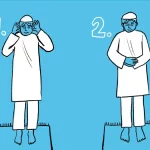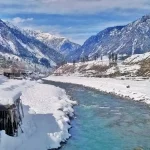Akbarpura Amazing Historical Village in kpk, Pakistan
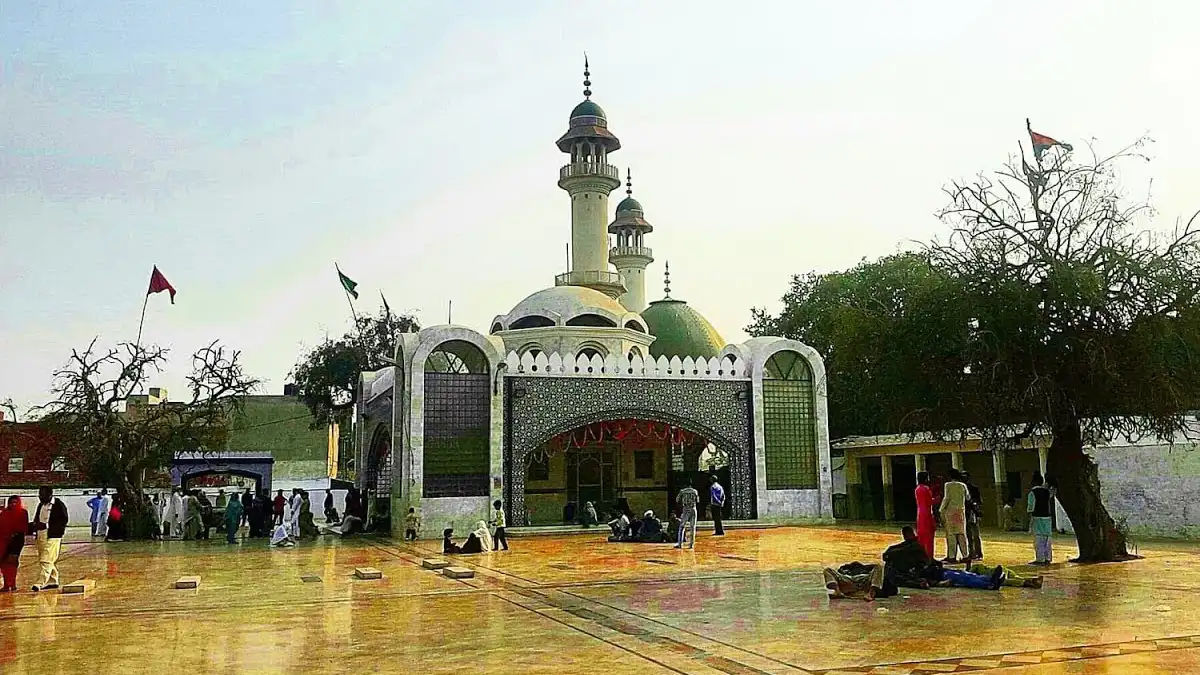
You Are Aware Of Akbarpura Past? If you know anything about Akbar pura, read this article.
The village of Akbarpura is located in the Pokhtoon Khwa area of Pakistan, not far from Peshawar. It is located at 34° 3′ 25″ North and 71° 43′ 18″ East.
One of the oldest settlements in Pakistan’s KPK Province is Akbarpura. Akbar the Great stayed here before travelling to Afghanistan, earning Akbar pura its name.
Religion
Sunni Muslims make up the whole population of Akbarpura. Numerous Hindu families lived in the area prior to the partition of Pakistan and India, but most of them departed after the country’s independence for India, while some Hindu families converted to Islam.
Akbarpura People
The majority of Akbarpura’s residents are Phatans, who are known for their hospitality, honesty, old animosities, and gun culture. Despite this, the majority of Akbarpura’s population is peaceful, fun-loving, and traditional; however, there are no old animosities in the village, and gun culture is strongly condemned by the general public, and rule of law is strictly observed.
Akbarpura Borders and Population
As one of the more densely populated villages in the district of Nowshera, Akbarpura serves as a sort of commercial hub for the surrounding villages, who primarily travel there for trade, employment, and business. Zakhi Miyana, Zahki Qabristan, Zakhi Kohna, Camp Korona, Zakhi Charbagh, Gari Momin, Jabba, Kandar, Tarkha, Natal, and Khoshmakam are a few of the major villages near Akbarpua.
The primary characters in Akbarpura are 1. The Mians (Miangaan), who are descended from the well-known saint Syed Abdul Wahab, also known as Akhund Panjo Baba (40–45%). Bukhari Syeds (25%–30%) 3. Other cast members from the Bajour Agency, such as the Qazi, Parachas, Jhakars, Awan, and Bajoury, who were born before 1890.
Sufiism
Sufi shrines in Akbarpura are well known. Akhund Panju Baba, Nanga Baba, and Nadan Shaheed are three of these sanctuaries. Numerous people come to these shrines daily to show their respect for the Sufis. Famous Sufi and Islamic speaker Syed Abdul Wahab also went by the names Akhund Panju Baba and Baba Sahib. On his hand, thousands of Hindus embraced Islam.
From the Misri Pura neighbourhood of Akbarpura, where his mausoleum is now located, Baba Sahib began his teachings and preaching after moving there from the Kalu Khan Sawabi area. Syed and known as Miangaan locally, the Baba Sahib Family is still present in the region.Syed Shamshad Ali Shah, also known locally as Pir Sb, is the current Gaddi Nasheen of the Akhund Panju Baba shrine and continues the work of Baba Sahib in preaching Islam.
The annual Urss of Akhund Panju Baba and Nanga Baba are the most important and well-known events of the year. Thousands of people visit the shrines at the village’s entrance on Urss night to attend the Urss and pray. While the Urs of Naga Baba is famed for its Legendary Qawali, the Urs of Akhund Panju Baba is renowned for its Milad and the speeches of religious scholars.
Aziz Mian, a well-known Pakistani Qawal, frequently performed at the Nanga Baba Urss.Free Mealing at Akhund Panju Baba on Fridays is a well-known meal that is served to every visitor and bystander. Locally known as “Langar” or “Khurda,” this lunch is consumed by certain people in the belief that it treats illnesses and is healthy.
The interior roof and walls of Akhund Panju Baba tomb were decorated and painted with customary and cultural blue colour flowers and designs centuries ago, while the glass work at Nanga Baba tomb is a typical example of the glass artists of Pakistan. Both tombs are excellent examples of sub-continental art. The third and most well-known shrine in the village, Nadan Shaheed, is situated on the settlement’s periphery.
Nanga Baba has a wonderful disposition. Before the partition in 1947, the government exiled His Holiness Syed Akbar Ali Shah Bukhari (First Masters in English) to Peshawar N.W.F.P. from Butter Roshan Shah Wala Tehsil Zira District Ferozepur. He was a teacher of English at Islamia College in Peshawar before being swiftly promoted to become the college’s first Muslim department head.
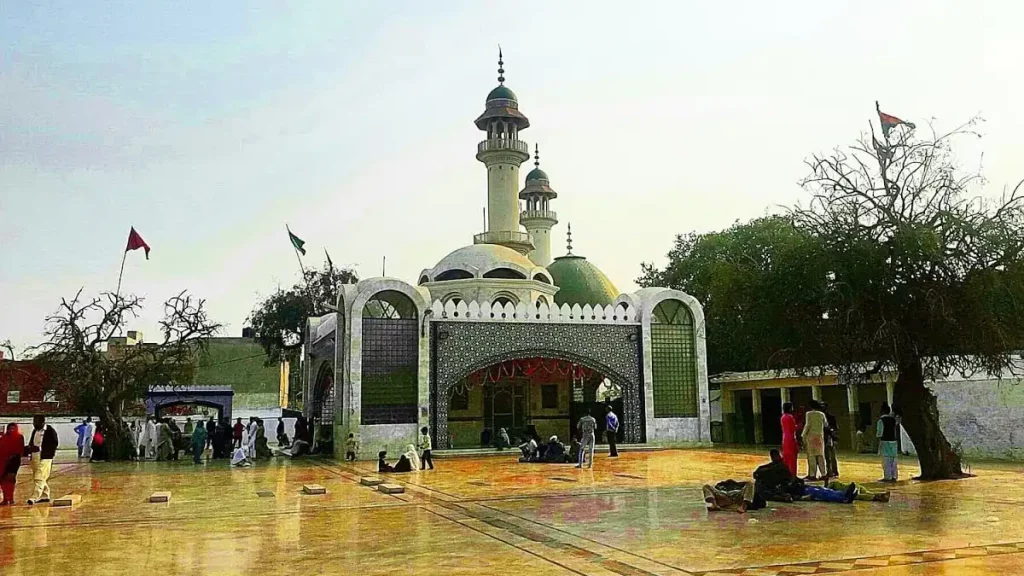
Fanatics turned out to be his adversaries as he taught the truth of his forefathers. He was martyred and killed by being shot seven times with a revolver. He has two sons: Syed Hamid Ali Shah Bukhari, also known as Syed Ansar Ali Shah Bukhari, and Syed Muzaffar Ali Shah Bukhari, the Division Superintendent of the Railways for the Lahore Division (Chairman West Pakistan Railways).
The shrine of his older son, Syed Muzaffar Ali Shah Bukhari, is located in the neighbouring village of Garhi Momin.
The end of the world is a mystery to everyone. However, the majority of Akbarpura residents think they can predict when the end of the world will arrive. They assert that their sinking mosque serves as a gauge for determining the precise time.
The Pokh Jumaat (stone mosque) of Akbarpura, which dates back roughly 400 years, has sunk more than four feet. There are now four stairs down to enter the main hall. According to Shah Faisal, 33, a local, the mosque is sinking at a rate equal to the size of a wheat grain (3 mm) per year.
Older town inhabitants describe with great respect how the mosque’s creator, the revered Sufi saint Akhund Panjoo Baba, warned his followers and students that the world would end when the mosque sank completely.
We view it as a miracle performed by Akhund Panjoo Baba. Shoaib, 75, asserts that it is simple to calculate the number of years till the end of the world and hastily adds that thousands of Hindus and atheists converted to Islam at Baba’s hands. He claimed that the fable was related to him by his grandfather and a few other wise men. He continues, “We believe it because Baba was a great saint.”
According to Syed Shamshad Ali Shah, a 50-year-old spiritual healer in the area, the mosque is sinking steadily since there are now four staircases instead of just three. The earth absorbs all of the rainwater, so even though the mosque lacks a drainage system, you will never see a drop of water in its courtyard, he continues.
In contrast to other educated teenagers, some of whom are now doubting the veracity of the tale, Mr. Shah’s son Obaidullah likewise accepts the account of the sinking mosque given by his father and other elders. Obaid, 19, adds that if it is not the great saint’s miracle, then the mosque must have some fractures in it since else the entire region should sink. A group of young bearded males sitting in the mosque nod in agreement.
Shah Faisal, however, holds a different perspective. He asserts that the occurrence must have a scientific explanation, and that only geologists can provide it. I used to believe that myself, but after receiving information, I now feel that geological forces are to blame for the mosque’s subsidence. He claims that before the town was founded, about 500 years ago, the area experienced water logging. He asserts that there may be a connection between the water logging and the mosque’s subsidence.
Amir Ali Khan, a different resident, stated that this may be the result of an earthquake or other tectonic activity that may have occurred in the recent past.
Farman Khan, 65, disagrees with him and claims that if there is a problem with the soil, the entire town or at least a few nearby streets should sink as well. He asserts firmly that there is no explanation for the miracles of saints.
According to Dr. Mohammad Iqbal, deputy chief geologist for Pakistan Petroleum Limited, the mosque is gradually sinking as a result of the water table dropping beneath it. He adds that it appears that the earth is based on layers of clay and extremely permeable sand and gravel that quickly compress when fluid is extracted. He claims that enormous aquifers that serve as water reservoirs are being emptied faster than they can be refilled, causing the earth to sink.
According to him, the main cause of the local occurrence is the fall in the water table. Greater-scale earth sinking is referred to as a regional phenomenon like Mexico City. According to Dr. Iqbal, it is said to as a local phenomenon when it stops at a certain location.
He continues by saying that there are some more sinking locations in Dir and Swat, but geologists did not thoroughly study them to determine the causes of their sinking. Less than half of Akbarpura’s population, the majority of whom are young people, accept this explanation, as the locals’ elders want to hold to the urban legend.
Education
There are seven private schools, many government-run elementary schools, and higher secondary institutions for both boys and girls. The majority of children attend elementary and secondary schools in their villages and enrol in Peshawar, Nowshera, and Pabbi colleges.
The village elders have repeatedly discussed the need and demand for a degree college for men and women, but the demand has not yet been met. Considering that hundreds of students travel to Peshawar, Nowshera, and Pabbi every day to attend degree colleges, it would be ideal if they could obtain a degree in the village rather than having to spend their precious time travelling.
Akbarpura Development
Despite being the largest village in District Nowshera in terms of population, Akbarpura might be considered an underdeveloped region of the district. The main areas of underdevelopment are the sewage system and road construction. The greatest issues in the village are the poorly designed roads and sewage system. The Peshawar-Islamabad freeway was completed in 2007, but the village’s main road remains in ruins and offers views of small lakes during the rainy season. The route was completely wrecked by the movement of heavy machinery and raw materials for the project.
The sewerage system is completely insufficient to handle the expanding population and unplanned colony/residential home construction. Due to a lack of a sewer system and insufficient access to clean drinking water, locals frequently suffer from hepatitis C, stomach issues, eye ailments, and skin diseases.
The majority of the village’s streets have been paved and are in good condition. The village has also made progress in the area of education; there are good private schools and higher secondary schools for boys and girls. However, there is still room for improvement by hiring qualified teachers and increasing the number, quality, and capacity of existing schools.
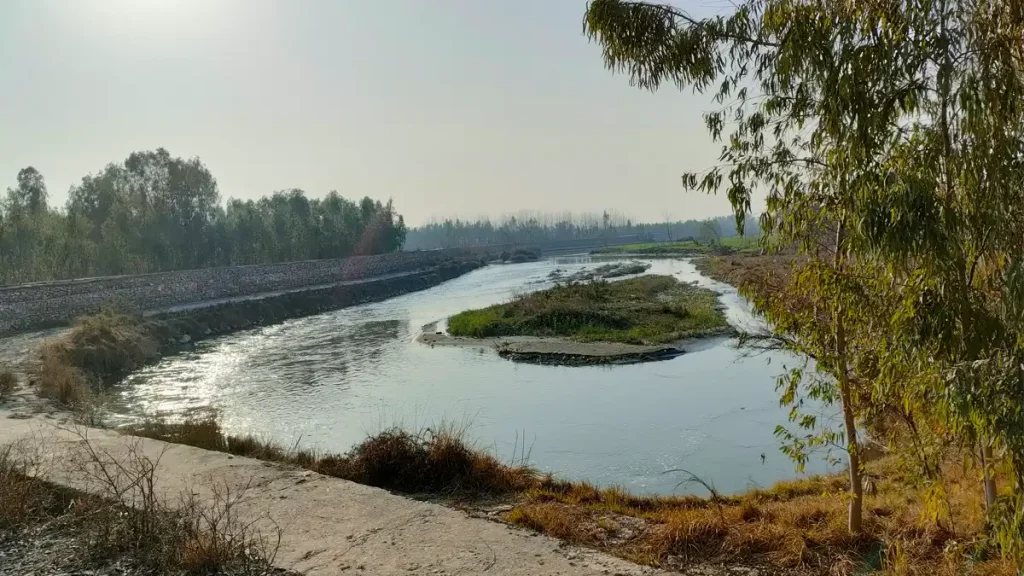
Nearly all means of subsistence can now be acquired and bought inside the community along with a significant increase in business prospects. Due to these improvements and the creation of business markets, there has been a significant increase of goldsmith, furniture, clothing, and grocery stores during the past ten years. Residents of neighbouring villages now frequent Akbarpura for shopping, and the city has attracted many investors and economic prospects.
The establishment of a comprehensive clinic/hospital in 2008 is a wonderful improvement for the expanding Akbarpura.
Each and every person now has access to electricity, landline telephone service, and all of the cellular providers present in Pakistan. Many inhabitants use the wireless internet service provided by PTCL, which is also available. By the end of 2010, all villagers will have access to natural gas thanks to a nearly finished natural gas plant.
Akbarpura Culture
Every citizen adheres to the tradition of Pukhtoonwali, in which visitors are treated with respect and are cordially welcomed. On the occasion of Eid Ul Fitar, Akbarpura hosts a four-day festival that attracts tens of thousands of visitors and participants. This event is well-known and called “Mela” locally. All those who attend this mela experience joy, entertainment, and trading opportunities. Traditional eateries like Chapli Kabab, Bar B Que Tikka, and candy stores are popular gathering places. Although not to the same extent as the Mela that occurs on Eid Ul Fitar, this Mela also occurs on Eid Ul Azha. Other cultural activities include weddings, which were celebrated with tremendous fervour and adorned with delectable food, dances, and music.
Akbarpura Agriculture
Plum, Peach, Pear, and Loquat are the most well-known and widespread fruit orchids in Akbarpura, which is renowned for its fertile land. Wheat, maize, sugar cane, vegetables, and other harvesting include these. Akbarpura’s land is now among the best-cultivated in the province thanks to a number of tube wells and a first-rate canal irrigation system. Although population density and a lack of housing are rapidly converting this lovely area into home colonies, migration to Akbarpura from neighbouring cities and villages is also upsetting the agriculture due to a housing shortage. The Plum and Pear of Akbarpura have established a solid reputation on domestic and international markets, and they enjoy a healthy market share in terms of both price and quality.
Sports
People in Akbarpura love playing a variety of games. The most played sport is cricket, which is followed by volleyball and badminton. Teams from many districts and cities compete in the annual cricket tournament at Akbarpura Higher Secondary School, which is well-known throughout the entire region. A large crowd of fans attends this event. Around the year, many volleyball competitions are held. There has been a long-standing desire for a volleyball court and cricket stadium, however none of those facilities currently exist. There has never been a recorded sport activity for women in the history of Akbarpura, hence a different venue is required for female athletes.
Akbarpura Rivers
The Bara Watercourse, which flows through the centre of the hamlet, is Akbarpura’s principal river. The Terah Valley in Tehsil Bara is where the Bara River begins, hence its name. Moon Soon has a normal-flowing river with a high flood activity; to prevent the water from entering the village’s populous area, a very well-maintained flood control wall has been built. A few decades ago, this river was viewed as having crystal clear water, but due to rapid population growth, it has turned into a sanitation channel and the majority of the village’s waste water has been diverted to the Bara river, destroying its purity and making it currently appear to be a drainage canal.
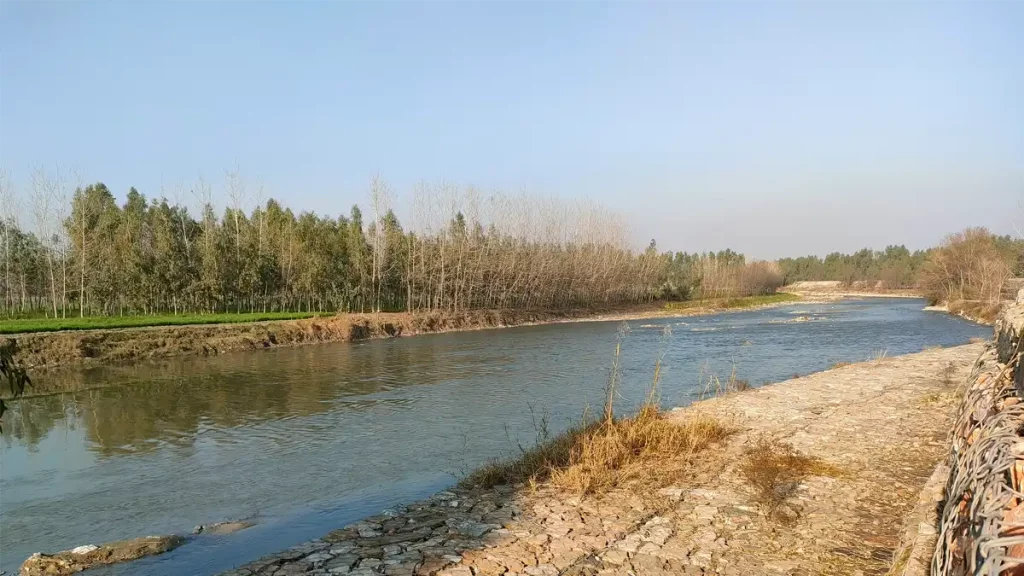
The NWFP Province’s Kabul River, also known as Abaseen, flows on the northern outskirts of the settlement. For the purpose of shooting migratory birds, hunters from Peshawar congregate here during the winter. On the banks of the River Kabul, one can go fishing. People from Akbarpura frequently stroll through this area, and the young people particularly like holding gatherings and parties by the riverbank. The community is surrounded by an irrigation system that snakes its way around like a snake. This irrigation system, known as the warsak canal, is one of the primary irrigation systems in the area and irrigates 60% of the main crops.
For More Akbarprua Wiki :
Also Read this article more interesting
5G in Pakistan still needs to make significant investments – GSMA






